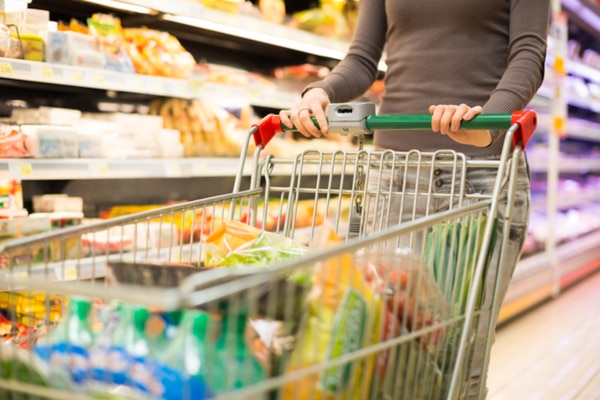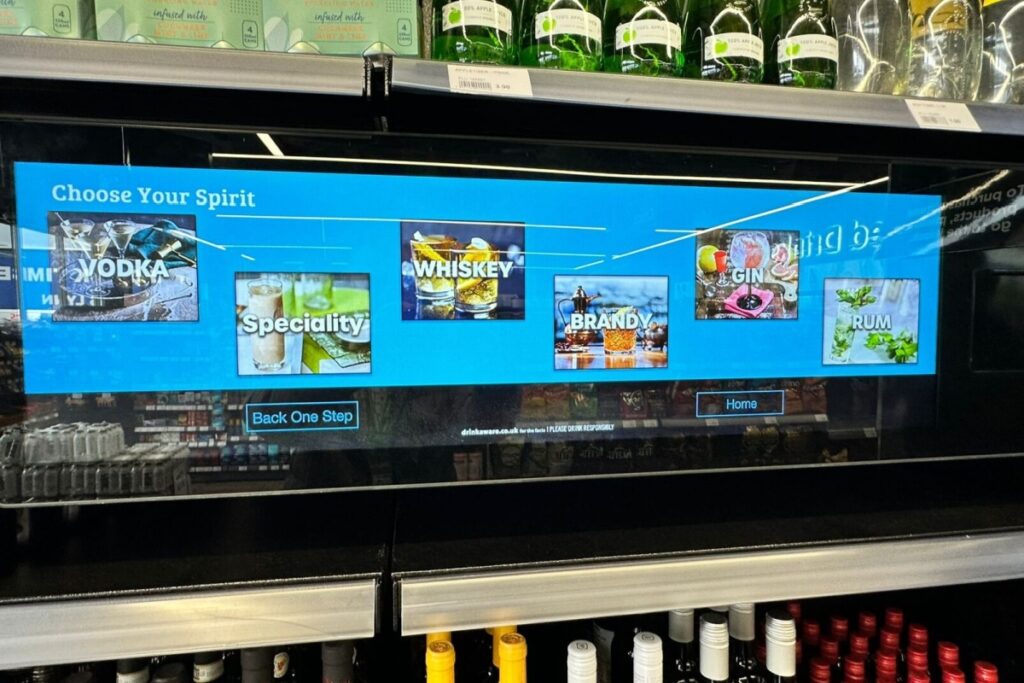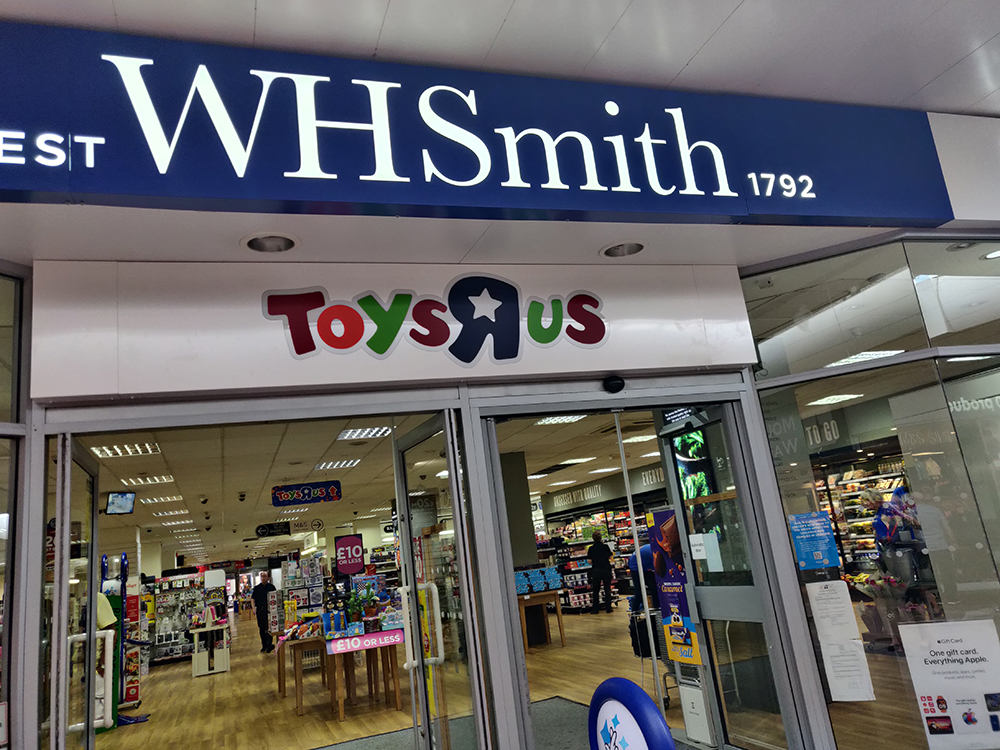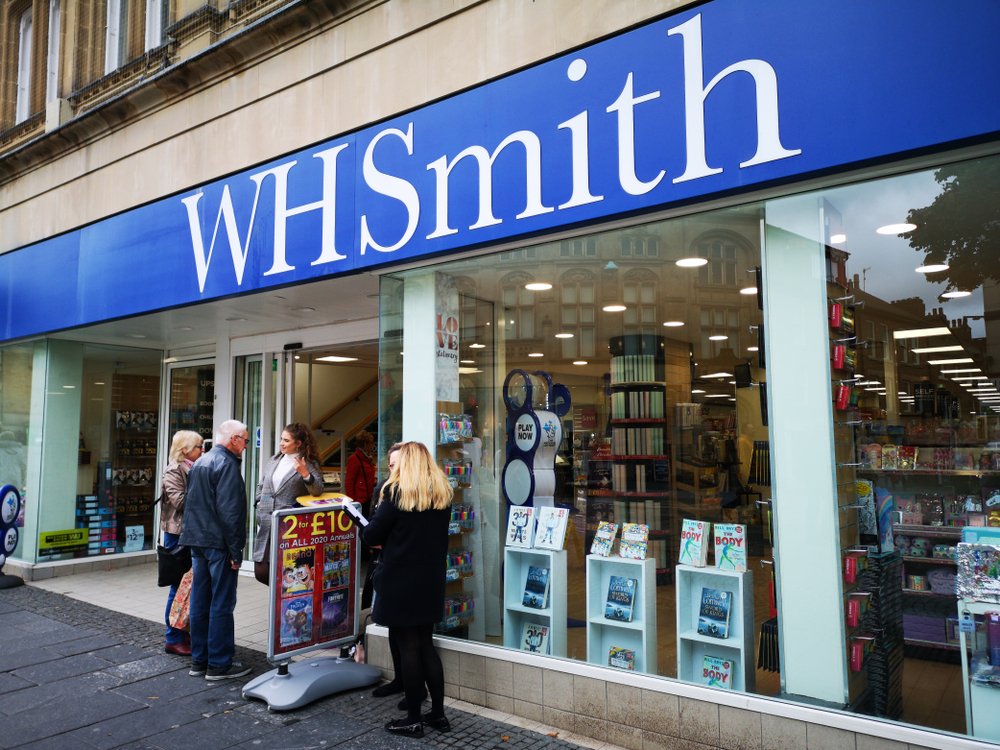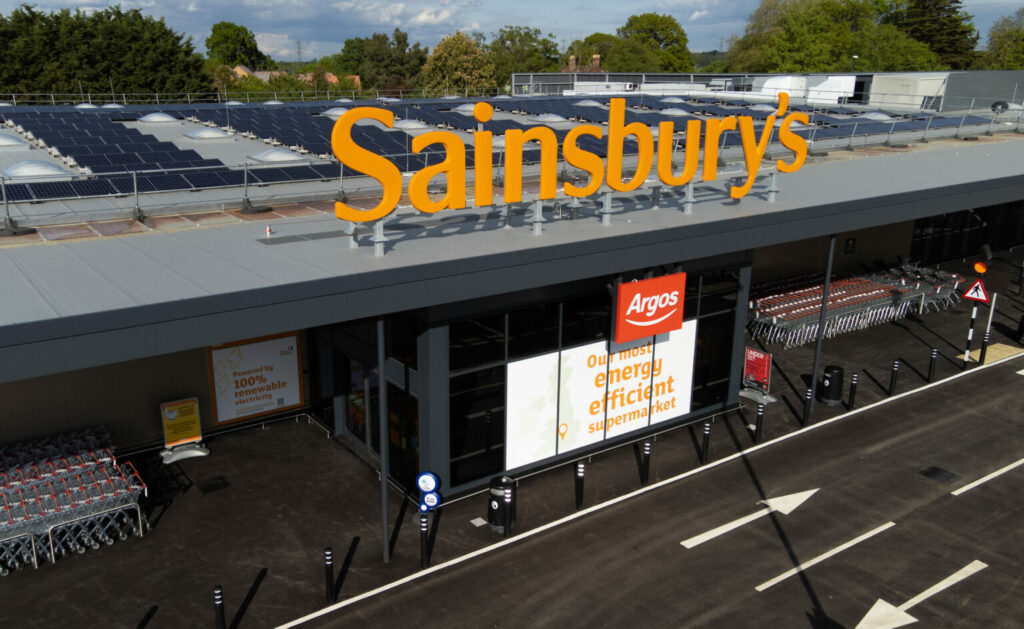The overall trend of shop prices heading towards an upward trajectory has plateaued thanks to a slowdown in food inflation, new figures show.
According to the BRC-Nielsen Shop Price Index, overall shop price deflation was 0.4 per cent, a slight increase in deflation from the 0.3 per cent June figure and the same figure recorded in May.
Non-food prices decreased by a tenth of a percentage point in July to 1.5 per cent, compared to the June decrease of 1.4 per cent.
Meanwhile, food inflation slowed down to 1.2 per cent, compared to the 1.4 per cent recorded in both June and May. This is still the third highest Food inflation figure since Jan. 2014, when it stood at 1.1 per cent.
In particular, fresh food inflation slowed down to one per cent in July, compared to the 1.4 per cent rate recorded in June and 1.2 per cent in May.
While ambient food prices increased, with inflation 1.6 per cent in July compared to the 1.5 per cent increase recorded in June, it was still lower than the 1.8 per cent inflation rate recorded in May.
British Retail Consortium (BRC) chief executive Helen Dickinson said the lower food price in July brought the march of the overall shop prices towards inflationary territory to a halt — for the time being.
“Lower food price inflation in July was, in part, the result of the easing of upward pressure from the currency depreciation on fresh food,” she said.
READ MORE: Shop price deflation slows down dramatically as inflation looms
“Shorter stock cycles in fresh food mean that more of the impact of the currency depreciation fed through into inflation earlier in the year and hence it is now subsiding.
“However, the upward pressure on food inflation has not entirely disappeared: ambient food prices are still affected and as seasonal pricing dynamics play out, we could see fresh food inflation pick up again.”
Dickinson warned that the lack of upward movement in non-food inflation may seem surprising, “strong upwards pressures” remained.
“There is a limit to how much retailers can absorb into their margins and with more businesses seeing the protection from hedging contracts expire as we move into the autumn we expect non-food prices to get closer to inflationary territory in future,” she said.
“Notwithstanding pressures on shop prices, further increases in inflation in other areas of the consumer spending basket are likely in coming months. That will put UK households‘ already squeezed finances under increasing strain.
“The government should be doing all it can to avoid further, potentially significant, increases in the cost of living from a failure to reach a deal with the EU that ensures no new tariffs and secures a fair Brexit for UK consumers.”
Nielsen’s head of retailer insight Mike Watkins said unpredictable consumer demand was impacting the amount of inflationary pressure.
“Retailers are cautious about passing on price increases, in particular at key retail price points,” he said.
“So promotional activity is still an important stimulant of demand as consumers become more cautious in the face of higher living costs.”
The latest shop price index comes figures from the Office for National Statistics showed that inflation had slowed in June to 2.6 per cent, after reaching 2.9 per cent in May.
Upward pressure on everyday prices came from food, which saw costs ease back by a smaller 0.3% in June compared with a 0.4% fall for the same month in 2016.
Click here to sign up to Retail Gazette‘s free daily email newsletter

